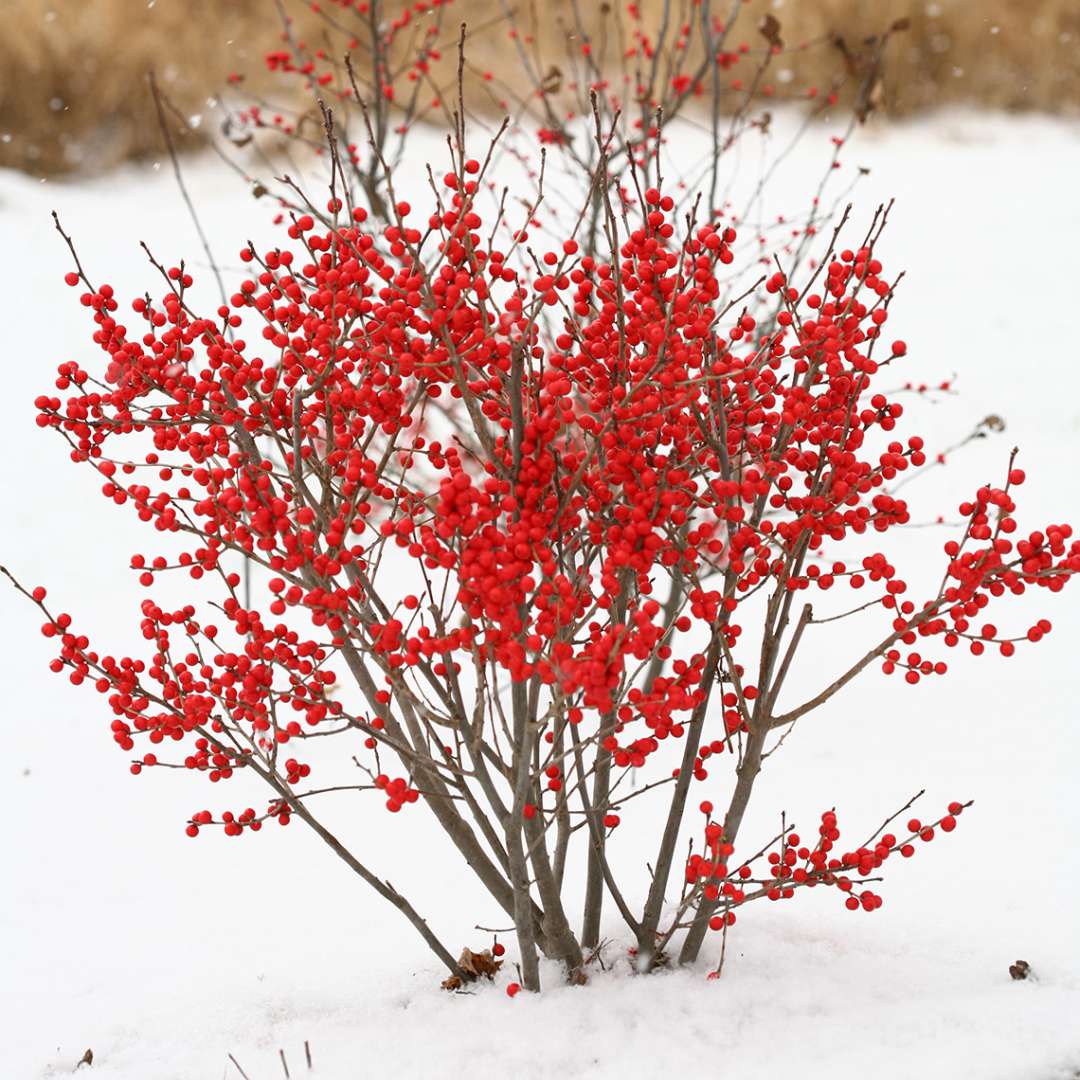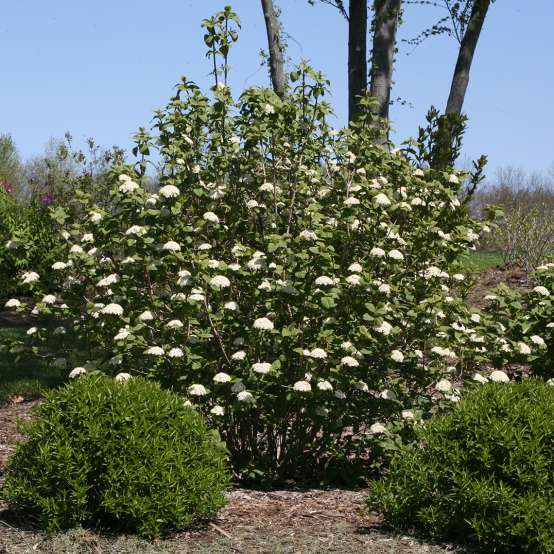Clicking the following controls will change the main image displayed above.
- Grower Sheet: Berry Poppins® Ilex Grower Sheet
- Spec Sheet: Berry Poppins® Ilex Spec Sheet
- Benchcard: Berry Poppins® Ilex Benchcard
- Tag: Berry Poppins® Ilex Tag
- Booklet/Brochure: Top 10 Landscape Shrubs - 2021
- Booklet/Brochure: A New Vision for Native Shrubs

Meet the Breeder
Mike Farrow
Maryland, USA
BERRY POPPINS®

Holly - Winterberry
Ilex verticillata
'FarrowBPop'
PP#25,835; CBR#5286







- Native to North America
- Space saving
- Dwarf and compact
- Description
Winterberry is unmatched for winter interest, but many homeowners don't have room for a traditional variety. Enter Berry Poppins®: an excellent, heavy fruiting dwarf cultivar. Ideal for those who want bright winter color and fruit for cutting but don't have room for a conventional I. verticillata. It is heavier fruiting than 'Red Sprite'. For berries on this female selection, a male pollinator is required; use Mr. Poppins® winterberry holly. Fruit is not edible.
- USDA Zone
- 3 - 9 (-40°F/-40°C)
- Exposure
- Full sun, Part sun
- Height
- 3 - 4'
- Width
- 3 - 4'
- Finish Time
- 1.5 seasons
- Type
- Deciduous
- Bloom Time
- Spring
- Flower Color
- White
- Foliage Color
- Green
- Liner Sizes
- 2 1/4", 4", Quick Turn
General Care
Soil
Does best in moist (even very moist), slightly acidic soils, but can take average soils as well. Avoid high pH sites.Pruning
Winterberry holly blooms on old wood. However, pruning female varieties after blooming will remove any developing fruit, so pruning is not recommended except to remove entire branches in an effort to attain a specific form. Male varieties could be pruned after blooming, however, given the typically slow growth rate of winterberry hollies, pruning is not recommended for them either.Uses
Mass plantings; hedges; cutting gardens; wildlife gardens; natural areas.Growing Tips
One male plant will pollinate up to five females. Plant within about 50'/15.25m of one another to ensure pollination and good fruit set. Quite tolerant of shaded conditions; however, fruit set is best with at least 4 hours of sun each day.Features: Cut flower, Native, Winter interest, Attracts pollinators, Deer resistant, Clay soil, Compact, Dwarf
Filters: Botanical genus: Ilex, Common name: Holly - Winterberry, Retail program: Proven Winners® ColorChoice®, USDA Zone 3, USDA Zone 4, USDA Zone 5, USDA Zone 6, USDA Zone 7, USDA Zone 8, USDA Zone 9, Exposure: Full sun, Exposure: Part sun, Bloom time: Spring, White flowers, Green foliage
Features: Cut flower, Native, Winter interest, Attracts pollinators, Deer resistant, Clay soil, Compact, Dwarf
Filters: Botanical genus: Ilex, Common name: Holly - Winterberry, Retail program: Proven Winners® ColorChoice®, USDA Zone 3, USDA Zone 4, USDA Zone 5, USDA Zone 6, USDA Zone 7, USDA Zone 8, USDA Zone 9, Exposure: Full sun, Exposure: Part sun, Bloom time: Spring, White flowers, Green foliage





